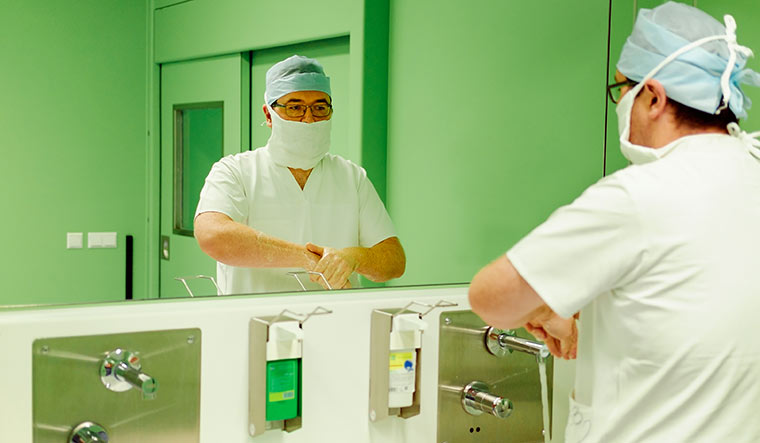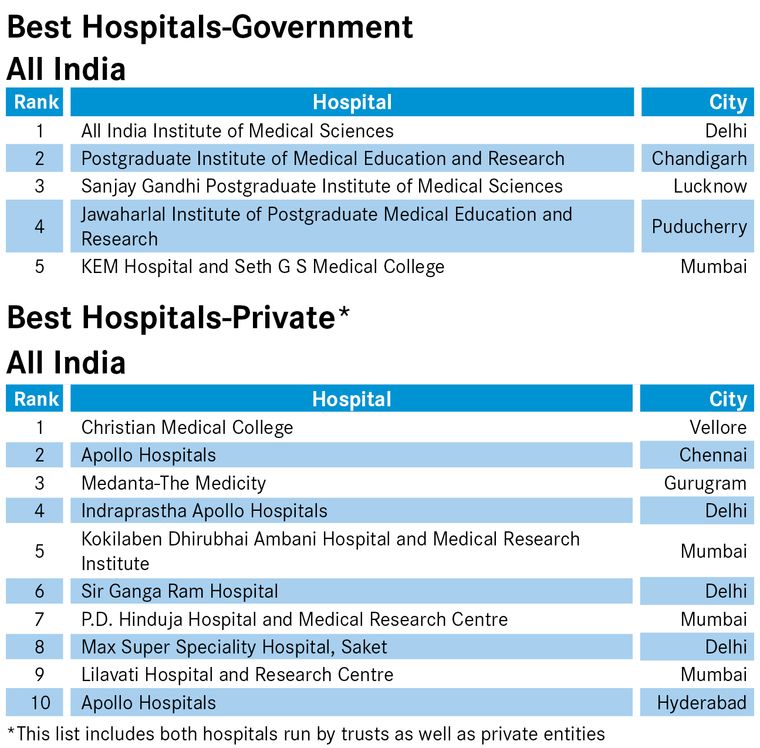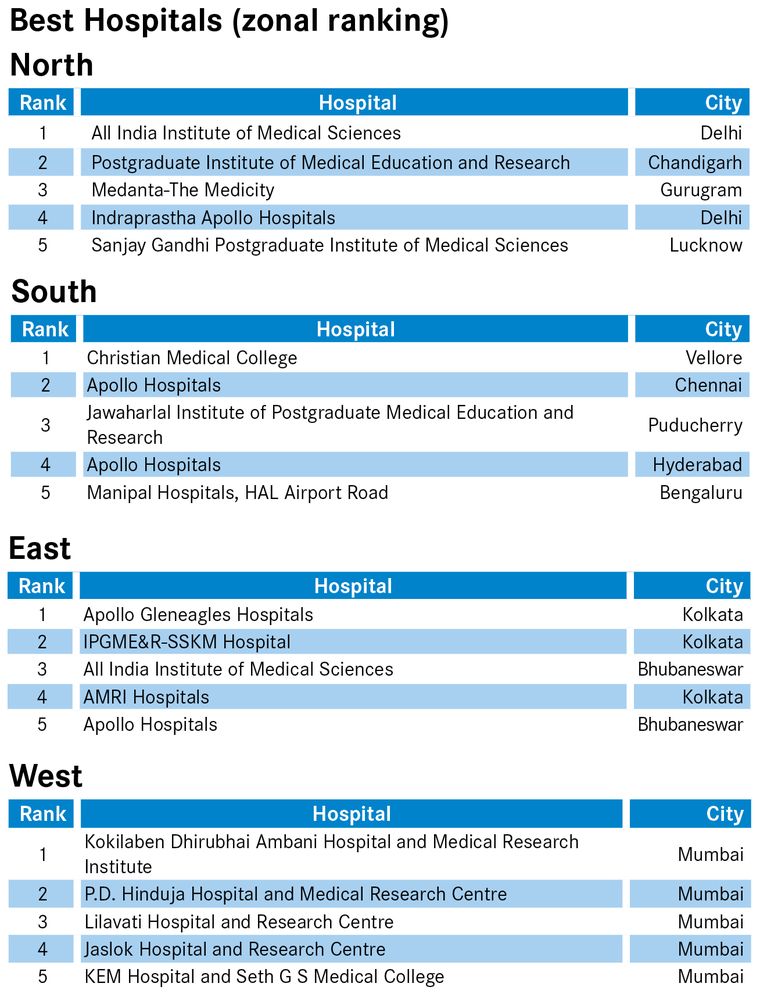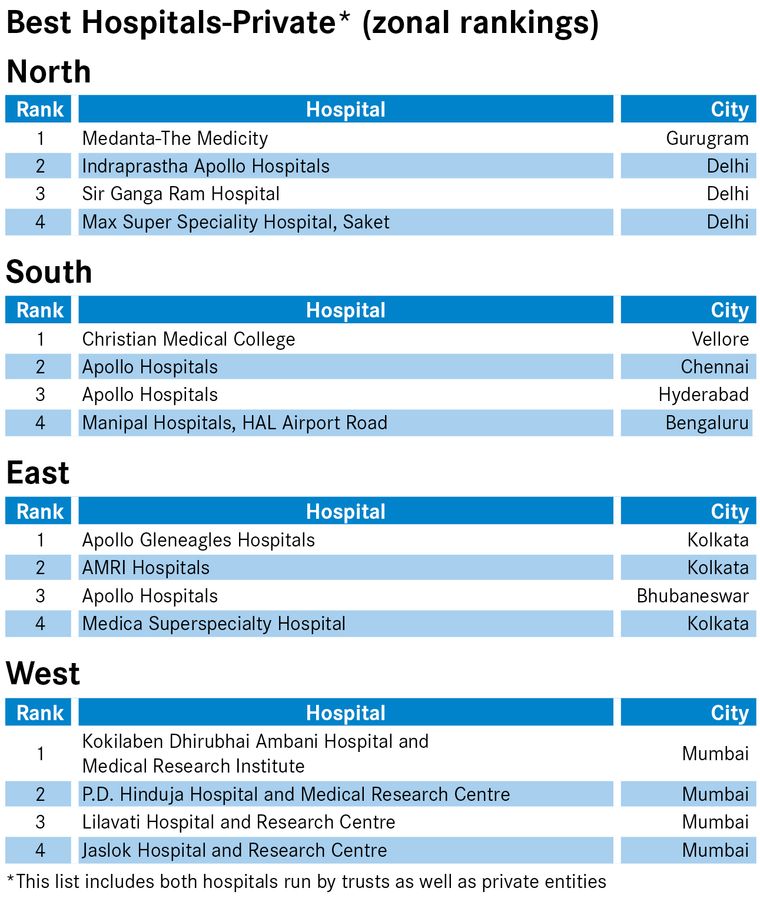IN 2011, PANKAJ Arora lost his 10-year-old son to an acute liver disease. But to him, Yash died because of the hospital’s “laxity and indifference”. In a case he filed four years later with the sessions court in Gurugram, he accused the hospital of “profiteering, unnecessary drug trials, delaying an urgent liver transplant and finally carrying it out despite prevailing infection and sepsis”.
Likewise, Jayant Singh, an associate director with an IT firm in Gurugram, recounted a “harrowing experience” when his daughter was admitted to a famous hospital in Delhi for severe dengue. “Anyone could walk into the ICU, with no care for any form of hygiene protocol,” said Jayant. “Female doctors and residents were not available, and we hardly got to talk to the doctor who was handling the case. He would come once in two days and that too for two minutes. It was frustrating.”
Arora said he chose the hospital as he had assumed that being a private, well-known and accredited hospital, it would maintain quality standards. “But clearly, we were in for a shock,” he said. Accreditation of any health care institution or hospital involves a quality assurance mechanism that helps in establishing standards of procedure in patient safety, infection control, medication management and quality of care that are at par with global standards. And, quality of care includes not just patient care but also competence of doctors, availability of infrastructure, innovation in treatments—parameters that were considered while ranking hospitals in THE WEEK-Hansa Research Best Hospitals Survey 2019.
“However, the problem is that very few hospitals in the country actually get accreditation, given that it is voluntary. Among those who do, most forget about following the standard operating procedures once the five-day audit is over,” said Dr R.P. Singh, secretary general, Quality Council of India (QCI), under which the National Accreditation Board for Hospital and Health Care Providers (NABH) operates accreditation programmes for health care institutes.
But hospitals like GEM hospital in Coimbatore have a dedicated quality department. Quality personnel are empowered to question a doctor regarding a patient’s complaints. The hospital also has CCTV cameras with audio recordings in all its out-patient rooms. “We have a self-auditing system, wherein random videos of doctor-patient interaction are recorded and later the doctor is provided feedback on the way he or she communicated with the patient,” said Dr Praveen Raj, bariatric surgeon at GEM hospital.
The Consortium of Accredited Healthcare Organisations in India has been organising workshops across major hospitals in Mumbai for staff involved in clinical, diagnostics, nursing and support services to train them in the areas of quality, fire safety, hospital infection control and disaster management.
As health care in India moves to value-based care, the importance of engaging patients and families continues to intensify. Hospitals are trying to develop deeper and long-term relationships with patients by focusing on improving quality standards and also by hiring dedicated patient relationship managers.
At Bhatia hospital in Mumbai, every Wednesday there is a quality control management meeting wherein a root cause analysis is done by doctors from different disciplines involved in a complicated case. “Our operating procedures have evolved drastically. Much of this has to do with upscaling our quality standards,” said Dr Sandeep Gaonkar, assistant medical superintendent, Bhatia hospital. “For instance, previously if there was a complaint from the patient, we would look into it only after the patient got discharged. But now, the patient relationship executive meets every patient once a day, understands their problems and grievances and tries to get it addressed during the time of hospitalisation after presenting them to the heads of departments.”
Quality monitoring in day-to-day operations in the outpatient department of Bhatia hospital begins with tracking the time the patient spends in the hospital—from waiting to the initial assessment to admission to the nurse’s and doctor’s arrival. “A patient must be attended to within 30 minutes,” said Gaonkar. “In the ICU, we ensure a nurse-patient ratio of 1:1 if the patient is on ventilator and 2:1 otherwise. These are quality standards we must abide by.”
Quality goes beyond care, too. Saroj Wadhwa was shocked when she received the bill for her mother’s surgery three years ago. “It was almost three times the amount we had expected. We were left wondering where the charges came from as the hospital did not give a detailed breakup even after requesting for it,” she said.
Overcharging, incorrect billing and hidden expenses are the prime reasons for customer dissatisfaction, which, in turn, affects the hospital’s image as a quality health care provider, said Dr Thomas Chandy, CEO of HOSMAT Hospital in Bengaluru. “For us, communication is the prime factor in establishing quality,” he said. “Our charges are fixed. If the estimate has been told to you, usually that is the cost. It may go up by a margin of two to three per cent but not more than that. And even that marginal difference pertains to the charges of food, non-medical expenses and anything else that the insurance company does not pay for.”
A major fallout of noncompliance with standard operating procedures is the rise of hospital-acquired infections (HAIs). “We are obsessed with HAIs because if one gets them in the bone, they can prove fatal,” said Chandy. “We make sure highly infectious patients are treated in separate sections inside the operation theatre. We dispose of reusable materials, although insurance companies believe they should be reused. Nobody is allowed to watch the proceedings inside the OT so as to limit the traffic and minimise the chances for infection.”
For Dr Pavan Gorukanti, director of the Hyderabad-based Yashoda Hospitals, quality is all about availability of latest technology and highly-skilled doctors. “World-class technology plays a greater role in ensuring quality because it pertains to quality of treatment and reduces the turnaround time,” he said. “We are the first in the region to introduce bronchial thermoplasty and navigational bronchoscopy. We also implemented the 4D gated Rapid Arc that monitors a patient’s breathing and delivers doses quickly in a continuous rotation—crucial for the treatment of moving tumours. Our renal transplantations, too, are fully robotic.” The hospital management has also put a time limit—120 minutes—on providing lab, imaging and diagnostic reports for most tests.
According to Dr Ramesh Kancharla, managing director, Rainbow Hospitals, Hyderabad, providing the best care for children in need of critical or even primary care requires “a highly specialised core group that delivers seamless care 24/7”. “This is only possible when the team is committed to building systems along with uncompromising infrastructure,” he said.
Agreed Rekha Dubey, CEO, Aditya Birla Memorial Hospital, Pune, who said that right infrastructure goes a long way in helping a hospital maintain quality standards. “We have a single software for the entire hospital and the security systems are very tight,” she said. “Also, there is a patient portal, wherein the patient or her family can log in with a password unique to them to follow up on reports and the bill, both of which are updated into the system on a daily basis. The bill can vary up to 15 per cent from what they are initially briefed. But it is not easy to tamper with it as it is a centralised system.” The hospital has a high number of full-time doctors, with few visiting consultants. “We believe that quality lies in devoting time to the patient and addressing any problem she may be facing,” said Dubey.
Post-surgery care is an important tool to measure quality, said Lavina Lall, head, quality and patient safety, process excellence, patient experience, Fortis Hospital, Mumbai. How patients feel after surgery and whether there are follow-ups post discharge will determine whether or not the patient or her family will visit the hospital again, she added. Vijay would agree. He got a hip implant in 2008, and hoped for smooth and uninterrupted movement. But today, Vijay cannot walk without feeling a shooting pain. “The implant was recalled by the company, but the doctors never made an attempt to counsel me on what went wrong and what could be done,” he said. “They were insensitive and I was left in a limbo. My question is: why did they not keep good quality implants?”
His condition is not an exception but a norm, said health activist Malini Aisora. “Unless they give up on their motive of profiteering, hospitals are never going to come close to establishing credibility and trust in the minds of their patients.”
The regulations have to be stricter in India, said Dr Harish Nadkarni, CEO, NABH. He added that they have been able to reach very few hospitals in the last many years and some private hospitals, too, are not able to meet the standards.
Agreed Singh of QCI, who said that the quality standards are so poor that non-accredited hospitals, at times, remain clueless as to where they are getting their medicines from and if they have been certified or not. “There is no mechanism to establish the traceability of a drug,” he said.
About 80 per cent of hospitals are rejected under quality improvement practices, said Singh, which includes proper handling of biomedical waste, drugs storage and hygiene. Around 15 per cent are rejected for lack of documentation for medication management, radioactive drugs, administration of anaesthesia and grievance handling procedures, and around five per cent under statutory compliance and physical infrastructure shortcomings, like incorrect display of signage for biohazards.
But the biggest challenge is “balancing high quality care with affordable cost”, said Dr Arun N. Palaniswami, executive director, Kovai Medical Center and Hospital, Coimbatore. “That is the most urgent issue to be addressed.”
THE WEEK-HANSA RESEARCH BEST HOSPITALS SURVEY 2019
Research methodology
THE SURVEY covered 17 cities (plus the National Capital Region) that are important medical centres in the country. Top hospitals for 10 specialties were also ranked.
Perceptual data collection
A primary survey was conducted among health care experts—726 physicians and 1,307 specialists. The sample was selected ensuring proper representation of all cities and specialities.
The experts were asked to nominate and rate the top 10 multispeciality hospitals in India and within their own city. Specialists were also asked to nominate and rate the top 10 hospitals for their specialisation. Experts’ response for hospitals they are associated with were ignored.
Validation of findings
Data collected from the survey was validated using factual data from hospitals and other secondary sources. Final list was validated by leading doctors. Specialisation rankings were validated by experts who are opinion leaders in their field. City rankings were validated by experts from respective cities.
The core research team travelled extensively and met 75 senior doctors across cities and specialisations, apart from holding telephonic interviews with 80 experts, to validate the findings.
Ranking methodology
The final rank for a hospital is based on the number of nominations received, ranks given, and the ratings on the following six parameters:
* Overall reputation
* Competency of doctors
* Infrastructure and facilities
* Patient care
* Hospital environment
* Research and innovation
Note: Ranking for a city is based on the perception of the sample surveyed from that city, whereas the All India ranking is based on the perception of the sample surveyed in the country. Hence, city rankings may vary from the All India list.
How to use it?
The rankings make the opinion of health care experts available to the public. While immense care has been taken to provide an honest assessment about each hospital, the needs of each patient can be different. So, while this list can be used as a guideline, decisions should be based on what works best for the patient.






